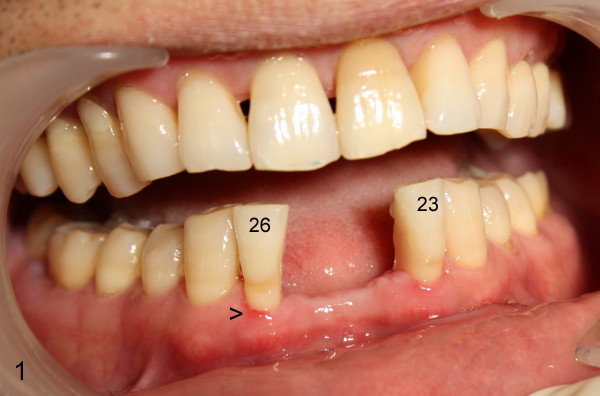

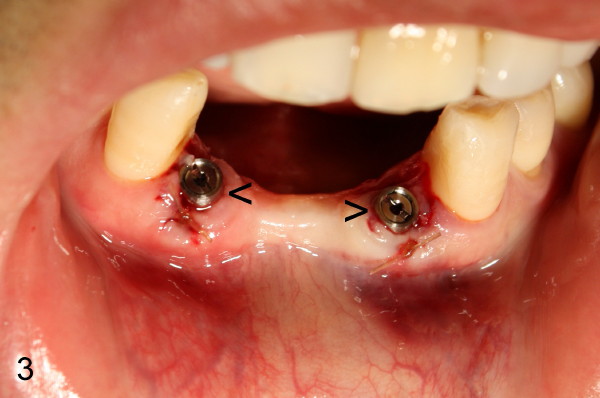

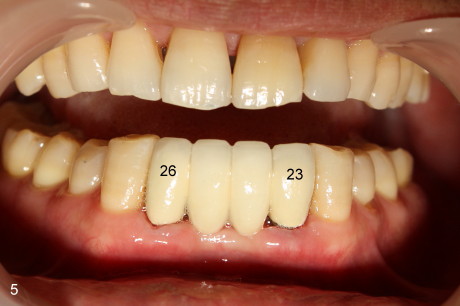
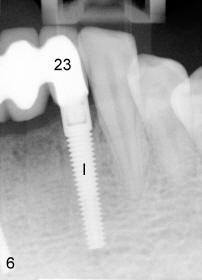
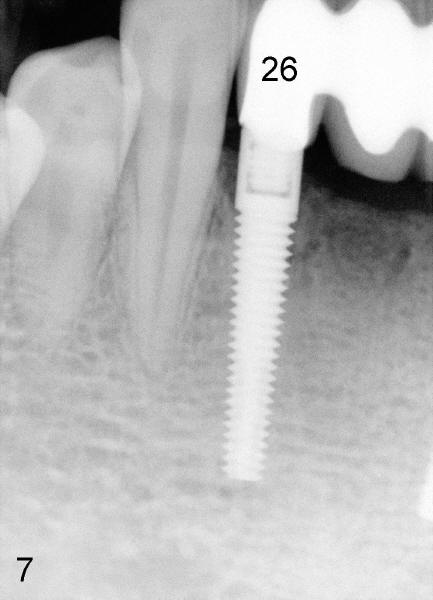
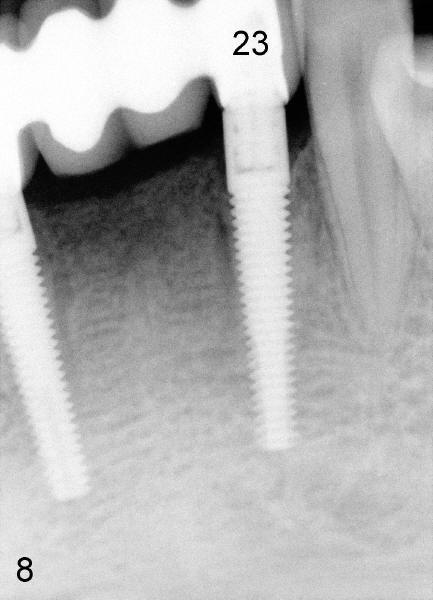
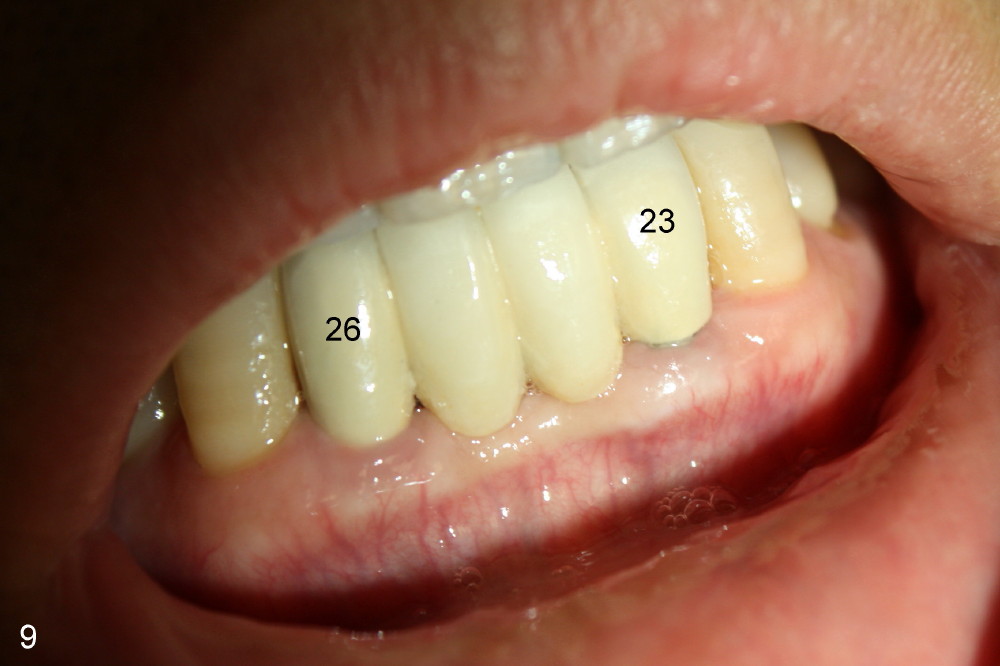
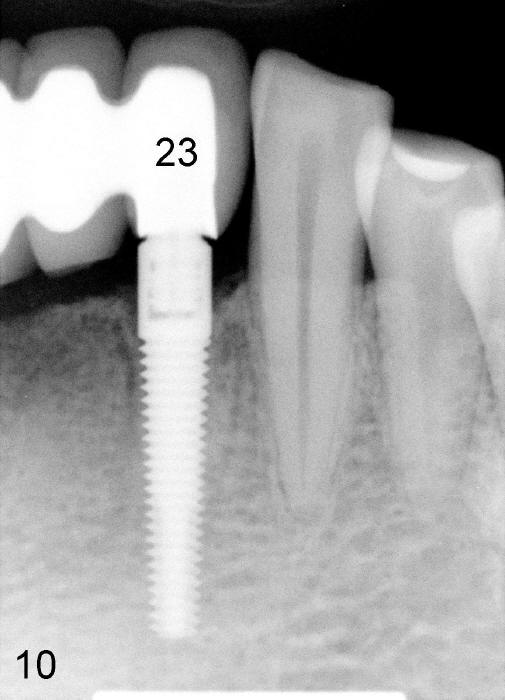
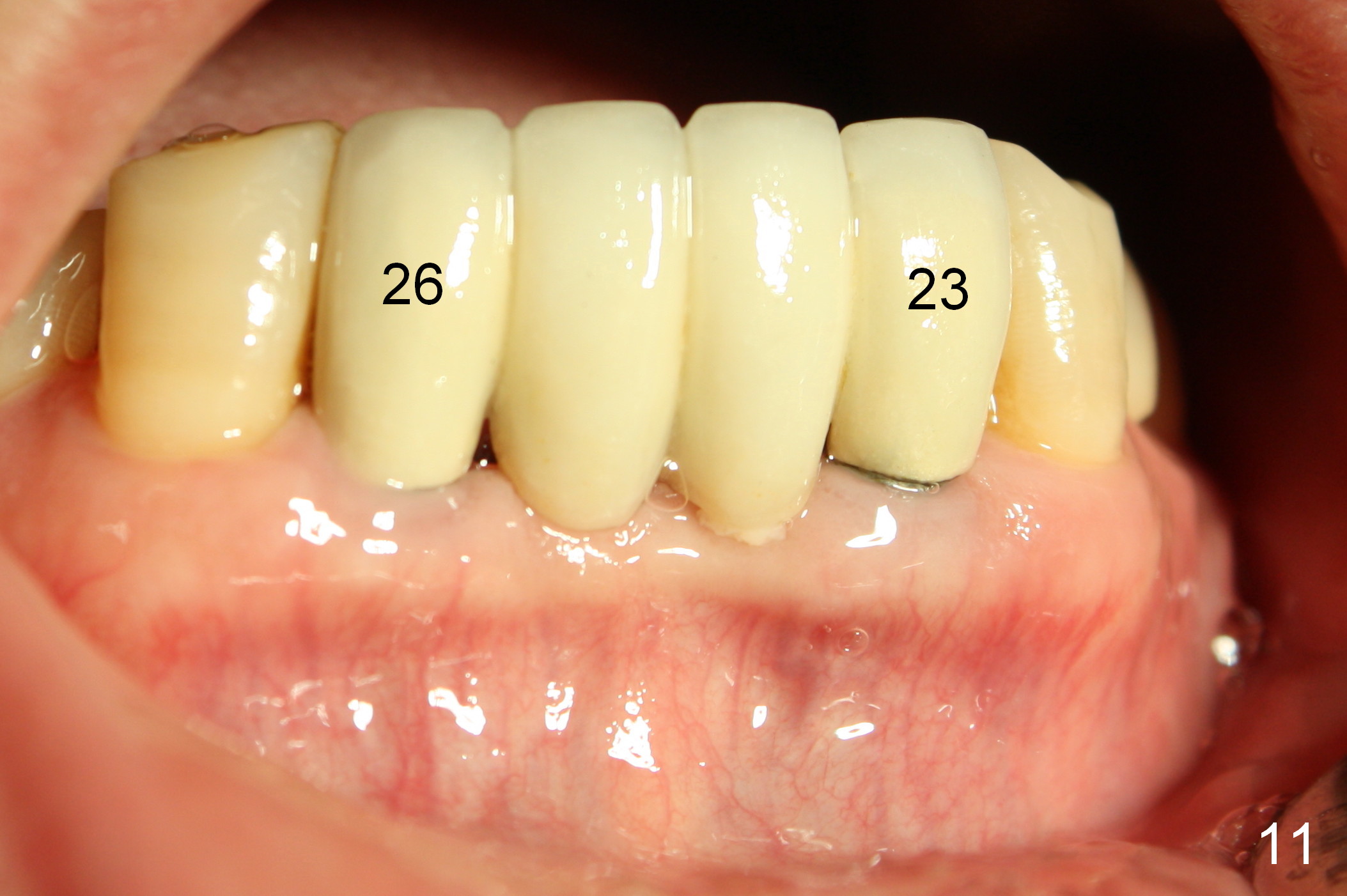
 |
 |
 |
 |
|
 |
 |
 |
 |
|
 |
 |
 |
||
Dental Education Lecture: Immediate Implants
When our arm or leg bone is broken, we need to wear a splint for a few months to hold two broken ends together and let them heal. After an implant is placed inside the jawbone, we should also let it sit there undisturbed for several months. We should not place any pressure on the implant, creating nice environment to let bone grow into the threads of the implant. This process is called osteointegration. After bone binds to the implant, we can place abutment and crown. The patient can chew with it normally. Several months of healing time for implant is a must unless a surgeon can place an implant very tight inside the bone and place very very light pressure on the implant. Success rate is lower if we hurry by placing so called immediate implant with immediate function.
When a tooth cannot be saved, we usually remove the tooth and let the wound heal first. A couple months later, an implant is placed. In this society, some people are impatient. Two months are just too long. We can extract the bad tooth and place implant immediately without compromising results too much, if the bad tooth has no severe infection.
Mr. Hou lost two front teeth twenty years ago (between the teeth #23 and 26 in Fig.1). Recently he had an accident, making the teeth #23 and 26 tender and loose. The arrowhead in Fig.1 points mildly reddish gums due to trauma. The infection is not so severe. CT shows that the bone surrounding the tooth #23 is bent and fractured (Fig.2 white arrowhead). There is a space (black arrowhead) at the tip of root (R). It looks like that the tooth is so injured that it moves out of the socket somewhat (upward). As compared to the neighboring tooth, #23 is weak and loose. Anyway, the teeth #23 and 26 need to go and to be replaced by two implants (Fig.3,4 arrowheads or I). After osteointegration, two abutments will be placed on the top of these two implants and a bridge will be made to replace four missing teeth. During bone healing, Mr. Hou wears a temporary denture, as shown in Ms. Gao's case. There should not be any pressure from the denture to the implants. In fact, Mr. Hou is doing very well after implant surgery. Five months after the surgery, Mr. Hou has beautiful teeth (#23-26 in Fig. 5,6). The implants and the bridge are doing very well six months after cementation (Fig.7,8).
Gums and bone surrounding these two implants are continuing to fare well two years after cementation (Fig.9,10). There is no problem 3 years 2 months after bridge cementation (Fig.11).
Xin Wei, DDS, PhD, MS 1st edition 01/15/2011, last revision 06/21/2015